We want to share a testimonial for a patient that had terrible dry eye. Meet Chewy! His mom writes: "I truly don't know how to thank you, you are a blessing and I truly mean that. I know I say this every time I come in,it was those 4 simple words," you need a trainer"!!!!! I/we are forever grateful for you and what you do! I have traveled all over the country for the past 8 years since I rescued Chewy and we have seen many veterinarians, and an ophthalmologist in Rhode Island. I know that Grants Pass brought me back here for other things but I'm so fortunate that I found you. You have made my life and his life so much better, I don't have to worry about his eyes anymore which was a big stress!! I truly don't know what else to say but I feel like thank you just isn't enough, so when we leave either in November or February I think you need to pack up and come with us so you can take care of him. Haha Again thank you for you true dedication and compassion that you show to Chewy as well as others!"
What is KCS?
Keratoconjunctivitis sicca (KCS) or "dry eye" is a condition affecting many pets, most often older dogs. The absence of tears makes the cornea very susceptible to damage. Although it is seen in all breeds some are more prone to developing KCS than others. These breeds include: the American Cocker Spaniel, Dachshund, English Bulldog, Lhasa Apso, Miniature Schnauzer, Pug, Shar Pei, Shih Tzu, West Highland White Terrier, and the Yorkshire Terrier. In cats, the condition is most commonly initiated by feline herpesvirus infection. The condition is a result of decreased tear production and changes in the composition of the tear film. Tear film functions include providing oxygen and nutrition, removing waste products and debris, lubrication to the eyelids, maintaining a smooth optical surface, and providing antibacterial components.
Causes
There are a number of potential causes of KCS; in most pets the cause is not determined. In dogs the disease is frequently inherited and presumed to be caused by an immune-mediated attack of the lacrimal (tear producing) gland, especially in those susceptible breeds mentioned earlier. Certain drugs, most notably the sulfa-containing medications, may cause KCS depending on the susceptibility of the pet. Neurologic conditions such as facial nerve damage can also result in KCS. Infection and
inflammation of the lacrimal gland may cause it to be temporarily or permanently destroyed. Viral infections known to cause damage include canine distemper and feline herpesvirus.
Clinical Signs
- Increased mucoid discharge
- Discomfort: squinting or pawing at the eyes
- Reddened conjunctiva
- Pigmentation, blood vessels, or a hazy, irregular appearance to the cornea
- Vision loss in severe cases
- Corneal ulceration which may be severe
Diagnosis
Clinical signs are often suggestive of KCS, depending on the severity of the condition. Confirmation is achieved utilizing the Schirmer Tear Test, which uses a small strip of sterile filter paper to measure tear production. Normal tear production is generally considered to be between 15 and 25 mm in a minute.
Treatment
The ultimate goal of therapy is the return of normal tear function. Frequent supplementation with a long-lasting artificial tear is necessary until tear production increases. Topical eye drops such as cyclosporine or tacrolimus are used to stimulate the lacrimal gland to produce tears. These drugs are very effective but are only helpful as long as they are being used. After the initial diagnosis of KCS, topical application of medications may be frequent, but the frequency is decreased as the pet begins to respondto treatment. Although the majority of KCS cases respond well by increasing tear production, the occasional case does not. In such cases frequent medical therapy in the form of an artificial tear every few hours is required on a life-long basis.

